There’s a new strategic plan for how we manage pest plants and animals in Ipswich.
A draft Biosecurity Plan that covers everything from eradicating a nasty cactus to containing fast-spreading fireweed is open for community feedback.
There has been a large shift in how pest plants and animals are managed, with everyone – from council and state governments, through to landowners and even their visitors – now all having responsibilities.
This is where the draft Biosecurity Plan comes in, by assessing the risk of a pest to Ipswich, and determining a management strategy that provides the best return on investment.
Health, Security and Community Safety Committee Chairperson Councillor Sheila Ireland said the Biosecurity Plan is important for residents because if, for example, you had honey locust trees on your property, your obligations would be based on the Plan’s eradication management strategy.
“Depending on the species, that could include report to council within 24 hours, develop a plan for eradication, determine the most appropriate control method, notify neighbours or implement vehicle and gear wash-down procedures,” she said.
“On the other hand, there are some species under the Plan that may have reduced obligations for landowners.
“The Plan aims to strike a balance for environment, agricultural production or general residential living and how much of a burden it may have on someone where the infestation doesn’t have a strong environmental or agricultural impact.
“I encourage residents to take the time to read the Plan and provide your feedback on this important issue.”
Draft biosecurity plan
Here are six of the top species invading Ipswich
Eradication category – Species that are not widely established, it’s a good return on investment to get rid of it. We know it’s here, but we want to reduce any infestation.
This large tree forms dense, spiny thickets that provide a haven for pests and injure stock and humans.
Image © The State of Queensland 2017
These drought-resistant plants can from extensive, dense stands and spreads when segments break off, fall to the ground and start growing.
Image © The State of Queensland 2017
It releases nitrogen into the water, which can increase algal blooms and other weeds. It reduces oxygenation of water and kills fish.
Image © The State of Queensland 2017
Spot this large deer species by its glossy brown coat and light-coloured patch on its rump. Red deer can damage native and cultivated vegetation.
Image © The State of Queensland 2017
This daisy-like herb competes with pasture and is toxic to livestock. Each 13-petal flower can produce up to 100 seeds.
These freshwater turtles are very aggressive and will out-compete native species for food and space.
Image © The State of Queensland 2017

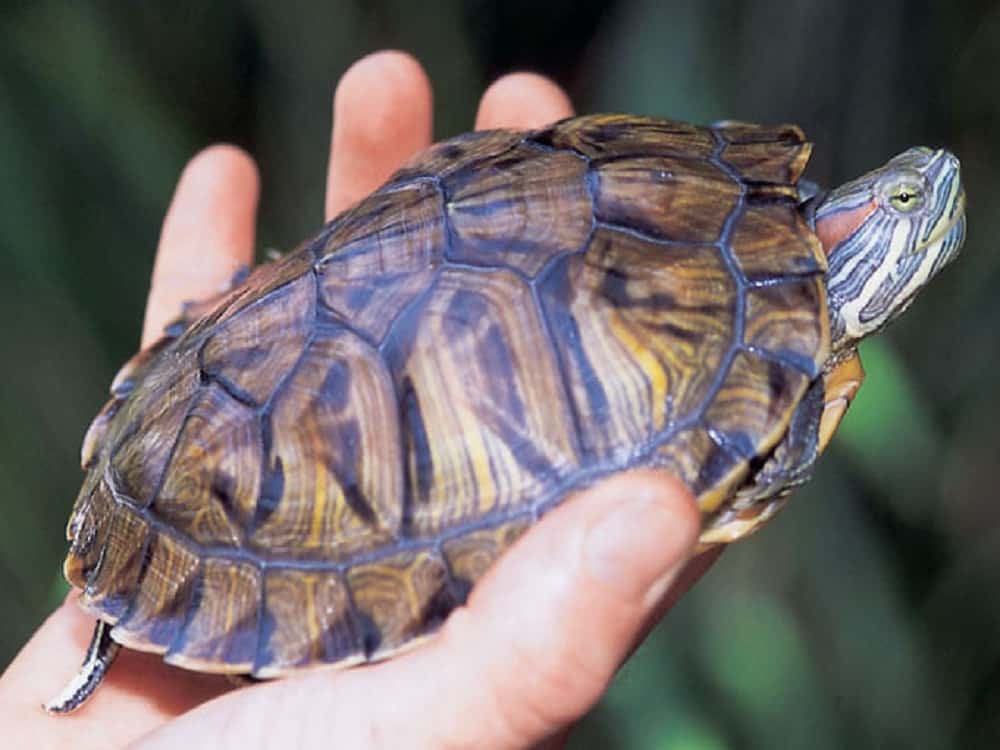
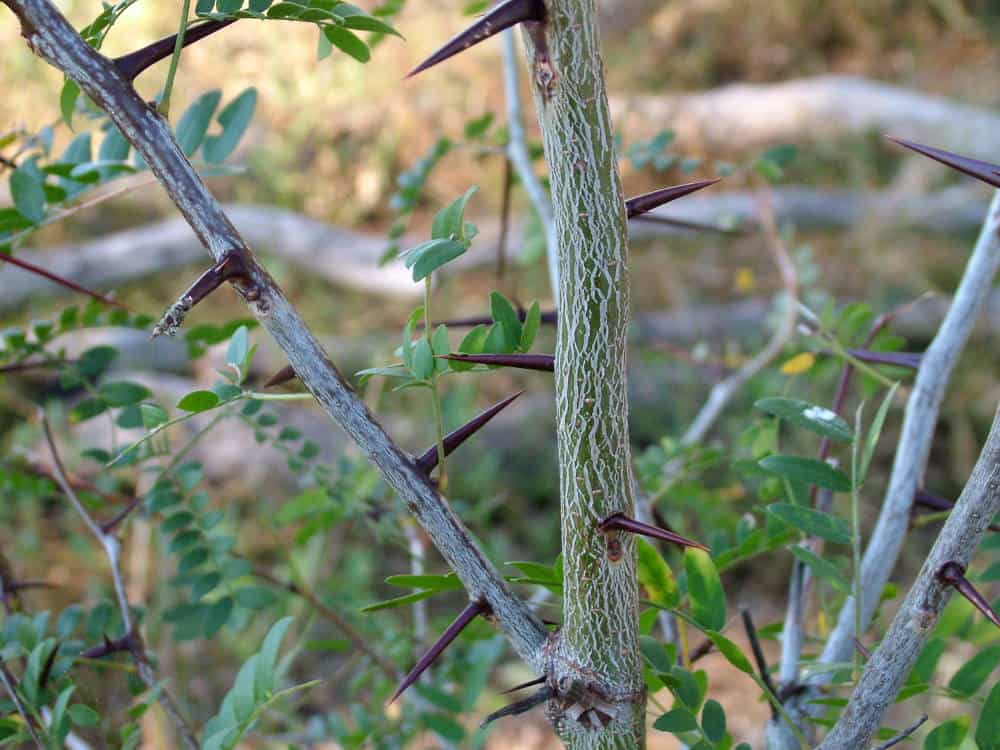
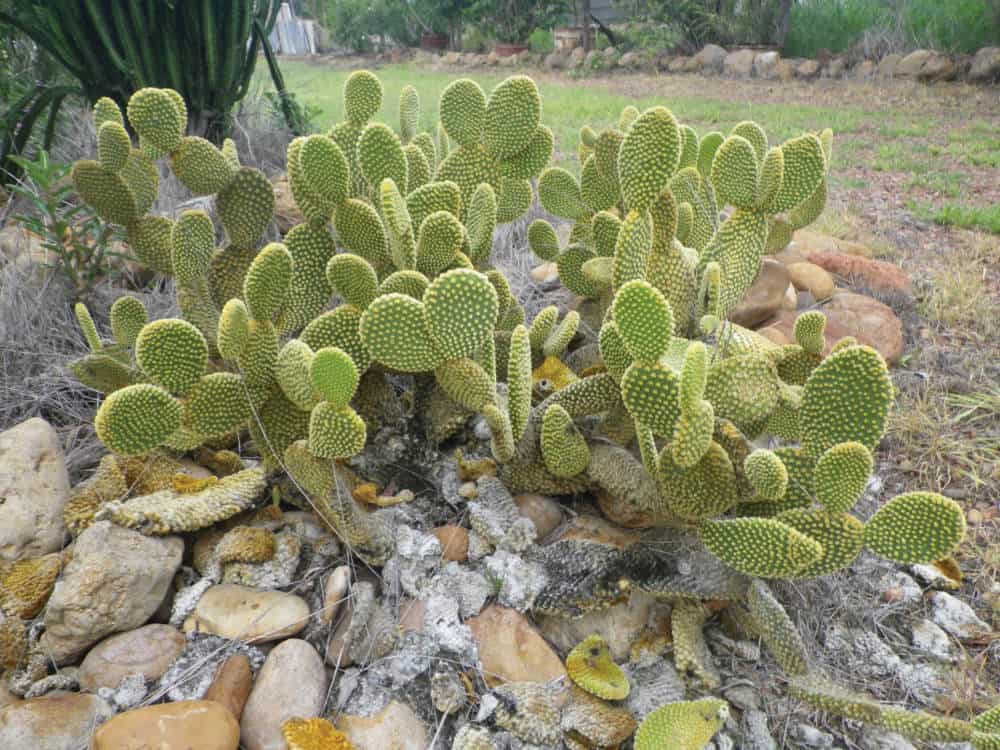
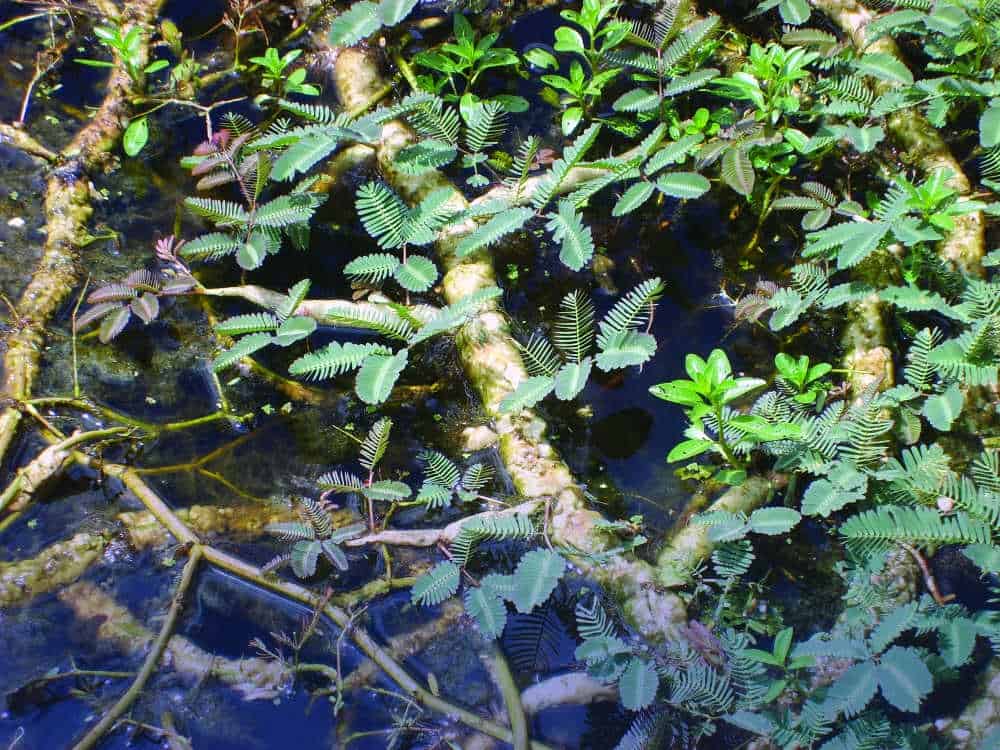
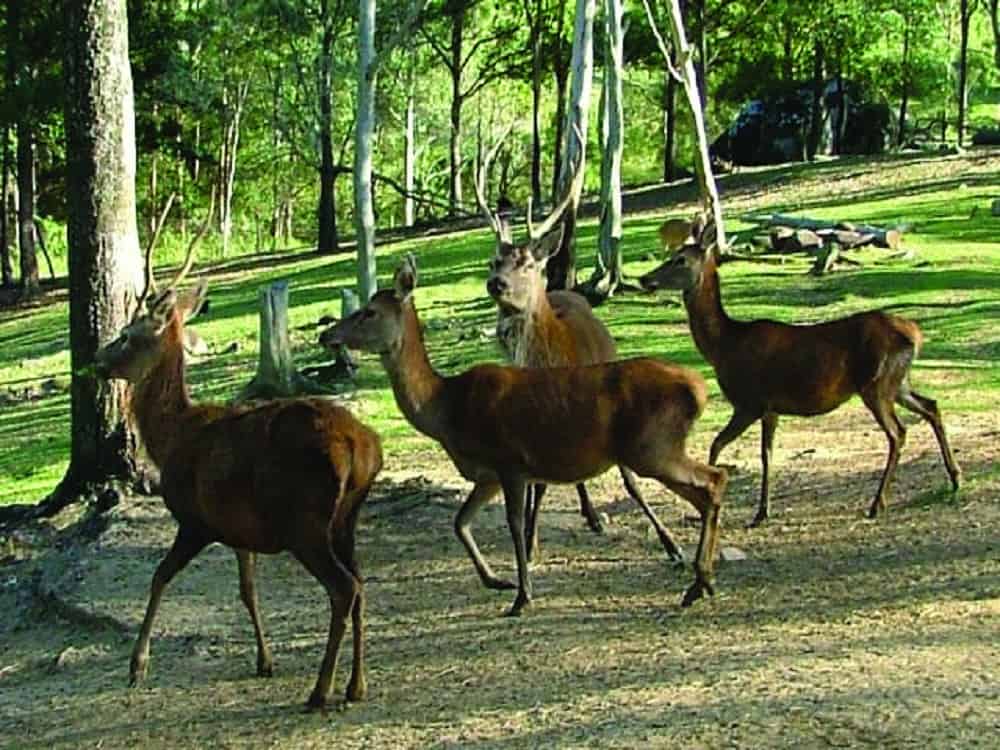
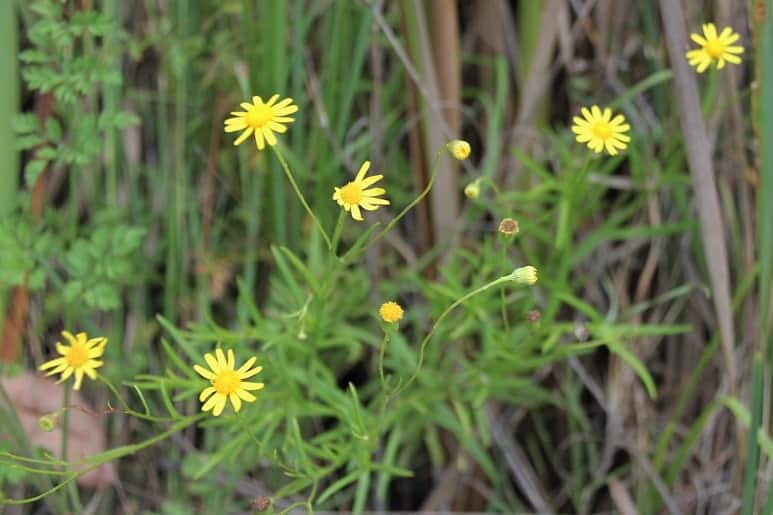

5